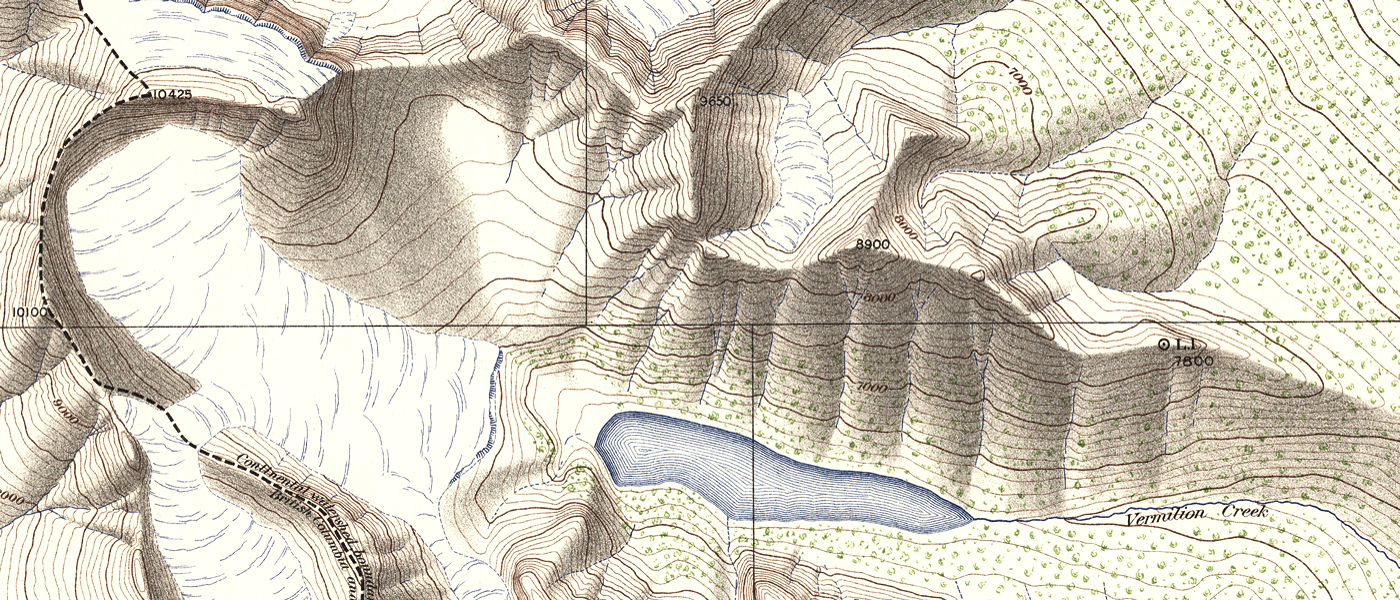References and Recommended Reading
Larmour, Judy. Laying Down the Lines: A History of Land Surveying in Alberta. Calgary: Brindle & Glass, 2005.
MacLaren, I.S. Mapper of Mountains: M.P. Bridgland in the Canadian Rockies 1902-1930. Edmonton: University of Alberta Press, 2005.
Murray, Jeffrey S. Terra Nostra: The Stories behind Canada’s Maps (1550-1950). Queen's University Press, 2006.
Thomson, Don W. Men and Meridians: the History of Surveying and Mapping in Canada, volume 2. Ottawa: Queen's Printer, 1966-1969.
Wilford, John Noble. The Mapmakers. New York: Vintage Books, 2001.

